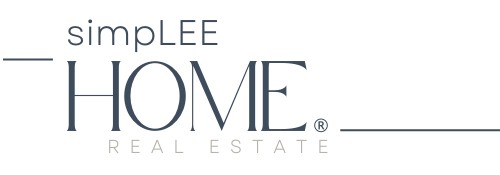We’ve all heard of the ‘silver tsunami,’ baby-boomers retiring en masse, and the movement is well under way. Employers are still struggling with how to deal with the turnover in talent, even though they knew it was coming. It’s affecting every industry.
Once retired, these baby boomers are left to contemplate how and where they will live the next decade or two or three of their lives. And it may look different than the previous three decades. One of the most common deliberations is with regard to housing.
What is aging in place?
As we age, mobility issues will at some point be a factor for everyone. 
Even marathon runners will not always be in their prime. While other considerations need to be addressed, such as medical and legal plans, estate planning, potential powers of attorney for family members, etc., the first thing most people think of is ‘how long can I live in my house?’
The concept of aging in place is a holistic approach to allow someone to choose to live in their home as long as possible, and as independently as possible yet still be in a safe environment. With the ever increasing costs of healthcare, it is often now a consideration more and more families and individuals are turning to. The affordability of retirement home living simply isn’t affordable anymore; perhaps we need a new word.
Often, this means either moving to an existing or new home that is specifically built for this purpose or renovating the home one is already occupying. You may not need these features now but down the road you may appreciate the wider hallways, main floor living areas and zero-step entry into the house or shower. Or ADA accessible doorways (wider doorways that a wheelchair can easily fit through – standard doors won’t really cut it). It may even come down to it that one day you cannot live in a home without these features.
What considerations factor in?
Floorplan. If you have a two-story home, it may be difficult to modify the space to move a bedroom, bath and laundry room to the main floor. And you may not have room on your lot to expand the main floor. Be sure to check with your local zoning and building codes to maintain proper setbacks.
 Costs, for sure! If the house is owned outright (no mortgage), it may make sense to use savings to remodel the existing home. A reverse mortgage could possibly even be utilized to tap into the equity to cover renovation costs. This would not create a monthly payment obligation, but will affect estate planning. If the house is large and it’s more appropriate to ‘downsize’ to a smaller more manageable space, selling the home and using that equity to build with the desired features in place may be the way to go.
Costs, for sure! If the house is owned outright (no mortgage), it may make sense to use savings to remodel the existing home. A reverse mortgage could possibly even be utilized to tap into the equity to cover renovation costs. This would not create a monthly payment obligation, but will affect estate planning. If the house is large and it’s more appropriate to ‘downsize’ to a smaller more manageable space, selling the home and using that equity to build with the desired features in place may be the way to go.
Family. Proximity to family members is a large dictator in this process as well. If you are far from family, now might be a good time to be proactive and locate closer.
You know what they say in real estate: location, location, location!
Leveraging Smart Technology
Smart home technology is revolutionizing the concept of ageing in place.
With the use of an off the shelf smart home hub one can easily monitor a loved one at home. For example, with the use of a motion detector near a bedroom or bathroom, an alert could be sent by text if there was not any motion in the bedroom by breakfast time. Or if the smoke detector goes off. An automated alert could be sent if a dose is missed.
A cottage industry has even popped up around this idea called ‘granny pods.’ These are stand-alone housing units designed to keep your loved ones close when they need extended medical care. According to one manufacturer, their MEDCottage cost is about one third the per diem rate paid to nursing facilities through Medicare (see link below). Just install it right in your backyard!
Resources
The pros and cons to aging in place will vary by each individuals situation and needs. The key here is preparing ahead of time, before you need it.
Below are a few resources to get you started on your exploration into whether this concept is the right solution for you or your loved one.



